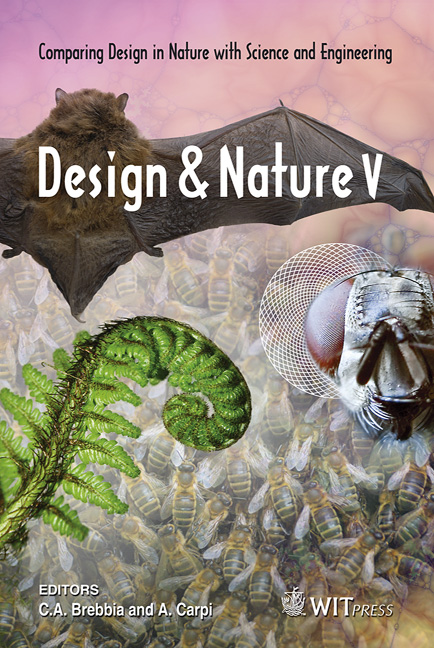Natural And Artificial Helical Structures
Price
Free (open access)
Transaction
Volume
138
Pages
8
Page Range
585 - 592
Published
2010
Size
3,000 kb
Paper DOI
10.2495/DN100521
Copyright
WIT Press
Author(s)
F. Carpi, A. Carpi & M. A. Russo
Abstract
Helical or coiled structures are very common in several biological materials, such as proteins and nucleic acids. They appear also at a macroscopic level in certain human organs, as in the case of the spiral anatomy of the heart muscle bands or the helical twisting of the umbilical cord. Further examples can be found in the rest of the natural world, such as in the structure of certain trees or even in the agglomeration of galactic nebulae and in plasma jets of quasars. Beyond the biological and natural domains, artificial helical structures from the nano- to the macro-scale have been developed by science and technology. Nanosprings made of zinc oxide, helical microtubules of graphitic carbon, helical screws and gears, and the helical flying machine dreamed about by Leonardo da Vinci are just a few outputs of the human interest for this shape. This paper intends to provide a brief overview on natural and artificial examples of helical structures, showing how their geometrical properties have been exploited to achieve different purposes. Keywords: artificial, helical, helix, natural, structure. 1 Introduction The natural world has always significantly attracted human interest for the variety of examples of fascinating regularity and symmetry of which it is capable. Both living bodies and inanimate structures showing incredible geometrical properties permeate our world, spanning from infinitesimal domains to astronomical scales.
Keywords
artificial, helical, helix, natural, structure





